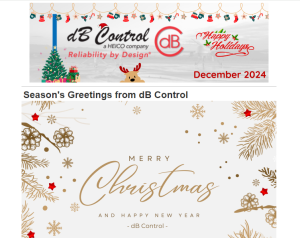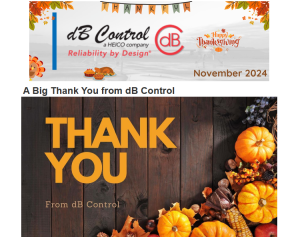This is the conclusion to our series on how system design engineers can weigh the benefits of custom vs. COTS power supplies.
By Robert Richardson, Senior Design Engineer, dB Control
Application-specific or custom power supplies do not need to be cost prohibitive or require extensive lead times. At dB Control custom solutions begin with technical discussions before moving to preliminary design review (PDR), critical design review (CDR), and pre-production review to ensure SWaP-C requirements are met. Constant communication and collaboration with our clients also guarantee our products are delivered within budget and on-time with no surprises.
dB Control provides dedicated engineering resources from start to finish, versus COTS products that offer inadequate (if any) support, leaving engineers to rely on white papers and trial-and-error to jam a generalized product into a specific application.
Additionally, tech support does not end for dB Control clients after the sale, adding the potential for design mods and enhancements after the design is finalized, whereas COTS unit designs are fixed and are not customizable at any stage. Often, clients who have struggled to implement a reference design end up turning to a custom-designed product after wasting valuable time and money on a COTS solution.
We hope this series on power supply optimization helps system design engineers understand the pros and cons of COTS versus custom power supplies. Because misunderstandings abound regarding the cost of each option, the goal here is to help engineers make timely, defensible decisions about the products they implement in their projects.
Have custom power supply specs in mind? Email info@dBControl.com.


